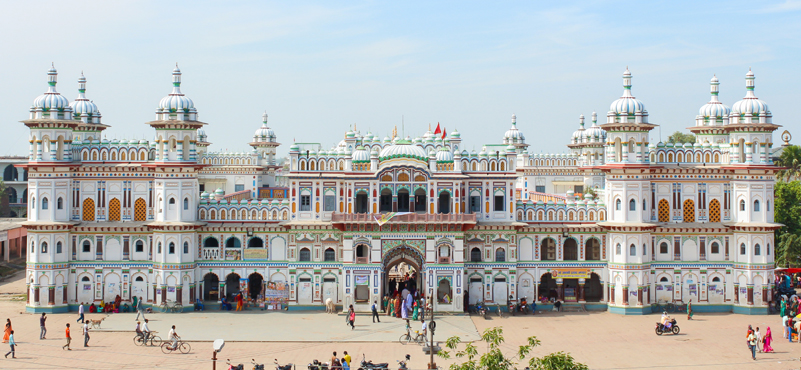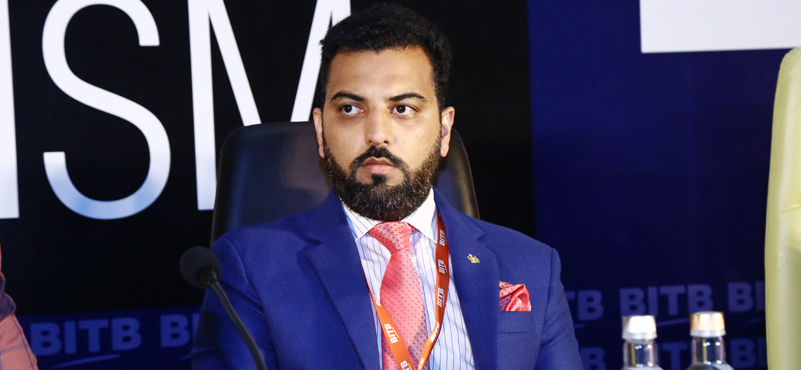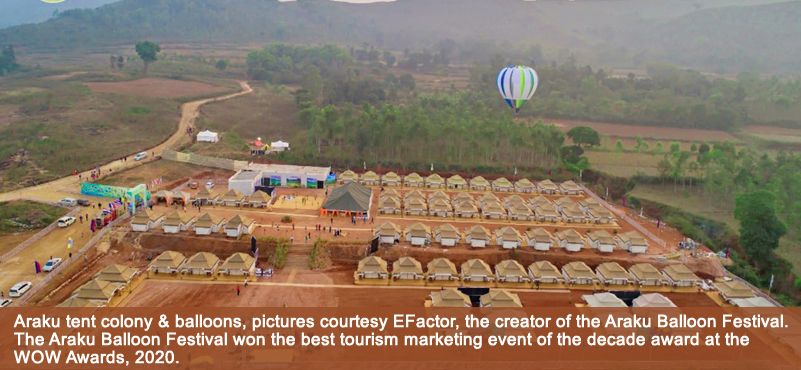Former New York Mayor Michael Bloomberg is a media magnate, investor, UN ambassador, passionate fighter for smart cities and the list can go on. Recently in the capital, while referring to his interests in Smart Cities and overall development of India, he was quoted in an interview with Business Standard daily – “can you promote tourism where you see people wearing masks and coughing around”? And that sums up what is takes to become a tourist city. It is more than monuments, more than heritage, it is also about managing these assets, and also the total environment around them. We would say it is not just about coughing around, so to say, it is also about spitting, littering the streets, safety and security, not caring about the last mile finishes to renovations – overall, how we appear as a concerned city, warm and caring.
Jagmohan, former tourism and culture minister at the centre, former governor, who brought about a turn-around in the way we manage our pilgrim centres, with the make-over at Vasihnodevi shrine in Jammu, had much to say on this subject. To him, tourism was a civilizational issue – any deeper understanding will come from a better understanding of what has been acceptable to our psyche – we have in the past accepted the lack of hygiene at most places of worship – even a spiritual centre like Pashupatinath in Kathmandu was famous for remaining unclean – till recently, when things have been changing rapidly for the better.
Loos in the country have been woefully short of requirement – in rural areas they have been practically unknown. In tourist places, they have been singularly unusable. In cities, scarce and on the highways totally absent – in many of these areas again, things are changing. It was therefore a great achievement for our prime minister to openly challenge this scenario in his maiden speech on Independence Day – it brought out in him the social reformer, crying for change.
The fact is that we need all these facilities for our citizens. This overall development that we talk about is needed for a modern India, a common aspiration that we all share. Automatically, these facilities can be used by the visitor. We don’t want toilets for the foreign tourist. We want them for our own people. And when we have them, and we must, and the earliest the better, then the tourist can also use them. Over the years, this was also the case with our hotels. Assuming that we want foreign tourists, we tried to build hotels for the foreign tourist – possibly because the Indian did not have resources to patronise them. But now our hotels are being built primarily for our own people. It is assumed that the incoming tourist can also avail these same facilities. This is particularly true of hotels in the budget and mid-market range; not so true yet for the luxury range, even though Indians are now capable of buying hotel rooms for 400 to 500 US$ per night – at least they have begun to do so overseas, and to some lesser extent within India.
We need a better India for ourselves, a basic infrastructure that can be enjoyed by all alike, including the visitors. Conversely, it can be assumed that when we are ready for tourism, we have already arrived as a safe and secure and happy destination. TOURISMFIRST can therefore become a good motto, a goal for us to achieve. Because when we have a facility good for tourism, it means that our people have it already. You can’t have a city where people are unhealthy, they are coughing around, where the air quality is poor, where rapes are getting reported every other day. We have to fight these situations and make our cities a better place to live in. In the process, we would have arrived as a desired tourism destination.
For a country of India’s size, complexity and aspirations, the base of our tourism effort must necessarily be domestic over which we build the creamy layer. It is the domestic tourism that will be the base of the pyramid. Given our present buying power, this base is also good for the average foreign tourist. The top of the pyramid is for the rich. For historical reasons, this is not how we built our tourism in the 60s, 70s and right upto turn of the century. It is all changing now.
In India’s tourist arrivals, as we record them, we do not have any reliable statistics of how many come for tourism, in terms of leisure. We do know that a big majority are coming for business, for visiting friends and relatives (VFR); there are people of Indian origin who are literally coming home to meet their own parents and possibly stay in their own homes, but being counted as foreign tourists on account of their foreign passports. Many of these arrivals are not tourists, in the real sense of the word. These arrivals are coming out of routine, for business and VFR needs. They are not coming out of choice. It is the last category of arrivals that will go up, those who are coming by choice, as we improve the quality of life in our cities. The process has begun, and hopefully will keep improving. India has also started making the right noises – with its Make in India programmes, the engagement with the world around, with our efforts to improve the ease of doing business – these will all add to the tourism quotient. And they are all adding up to a better image, one that also becomes the reality, when the image matches the ground reality, for destination India.




































